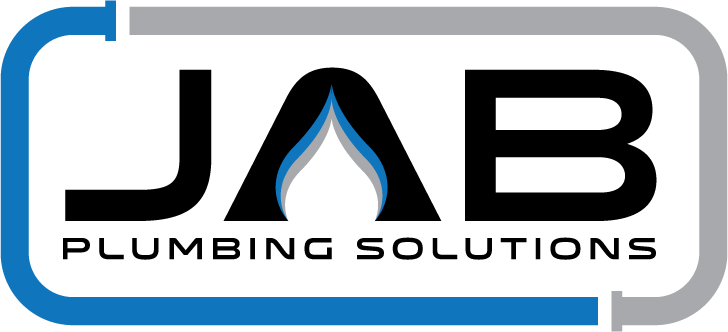The job of the main sewer line in your home is to transport wastewater away from the plumbing fixtures to the Council sewer mains. The main sewer line is located underground, starting underneath the house and running out to the street where it connects to the City main. There are a number of reasons why a sewer line may collapse including deterioration due to old age, tree root intrusion or movement in the soil surrounding the pipe.
If the collapsed area of pipe is located under the grassy area of your yard it can be accessed fairly easily and repaired. However, if it has collapsed underneath the house, a concrete slab, driveway or garage the rectification process is more challenging and expensive.
Signs you have a collapsed sewer pipe under a slab
A collapsed sewer line underneath a slab has a number of symptoms including:
Damp or mouldy carpets
Signs of moisture on internal floors such as warped or squeaking floor boards
Warm areas on the floor
Running water sounds even when the taps aren’t turned on
Musty smells
An unexplained spike in your water bill
Areas of wet grass around exterior walls when it hasn’t rained
In extreme cases, if the collapsed pipe is left unattended for a long period of time, the water leaking from the pipe can cause significant structural damage such as cracks in the walls. In this case it’s important to consult with an engineer or builder before commending with the repairs.
How to repair a collapsed sewer pipe that’s located under a slab
It’s important to find out exactly what you’re dealing with before deciding on the best repair strategy. The most effective way to diagnose drainage issues that are hidden underground or in hard to reach places is to book a CCTV pipe inspection with a local plumber. A plumber will send a small camera down the pipe that records high-resolution footage of the inside of pipes. A sewer camera inspection will reveal what the problem is, where the issue is located and any other damage present in the pipes. The plumber will provide you with a report and give you a copy of the footage so that you can start getting quotes to repair the pipes.
1. Relining the collapsed sewer pipe
Pipe relining (also knowns as trenchless or no dig pipe repair) is a non-invasive method used to repair damaged or broken pipes. It is particularly useful for repairing pipes that are located under the house, a concrete slab or driveway because there is no need to excavate the pipes. This means that the slab, garage or driveway remains untouched and intact throughout the repair process. The inside of pipes are relined, restoring functionality without the need to dig the pipes up and replace them.
Pipe relining involved a process whereby a composite resin and synthetic fibres are combined to create a strong and durable pipe inside the old broken one. The new lining is inserted into the old pipe using special technology. The lining is then left to cure and harden inside the pipe, forming a new protective coating inside the pipes. When the resin has completely hardened to form the new pipe, a robotic cutter is sent down the line to open up all the junctions that were closed up when the epoxy was forced in.
2. Excavating and replacing the damaged pipes
For badly damaged pipes, relining is not always an option and it may be necessary to excavate the pipes and have them replaced. Replacing the pipes is a relatively easy process. The challenging part is excavating the pipes and this depends on where the pipes are located.
If the damaged sewer pipes are located under the house and there is no under house access, the floor boards will most likely need to be removed. If the pipes are under a slab or driveway the plumber or tradesperson will need to use a jackhammer or concrete cutter to get through the slab. The soil surrounding the pipes will also need to be removed. Once the pipes are replaced the soil, floorboards or concrete slab will need to be reinstated.
Excavating the pipes and replacing them is a more disruptive method but it provides an effective, long-lasting solution to cracked sewer pipes.







